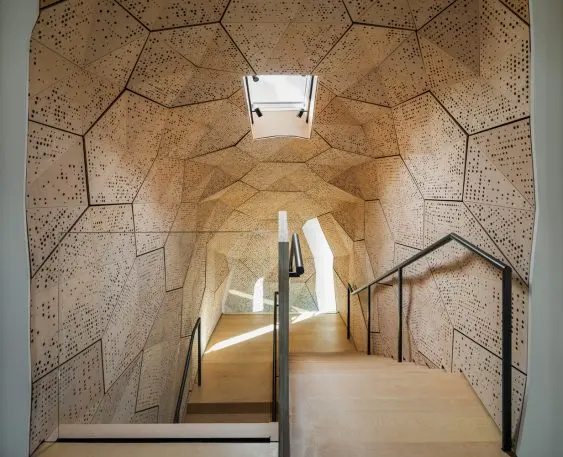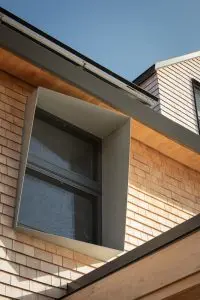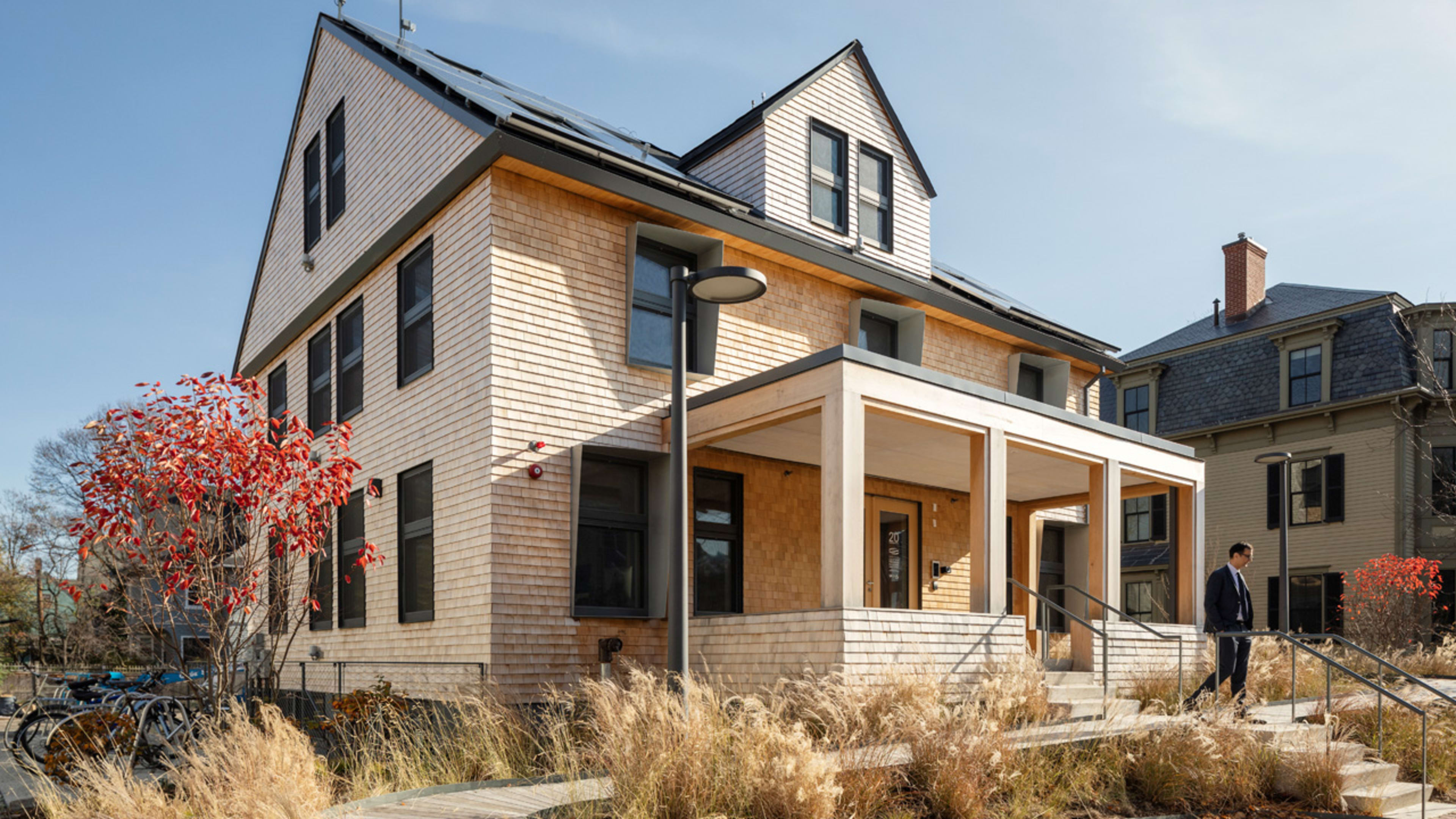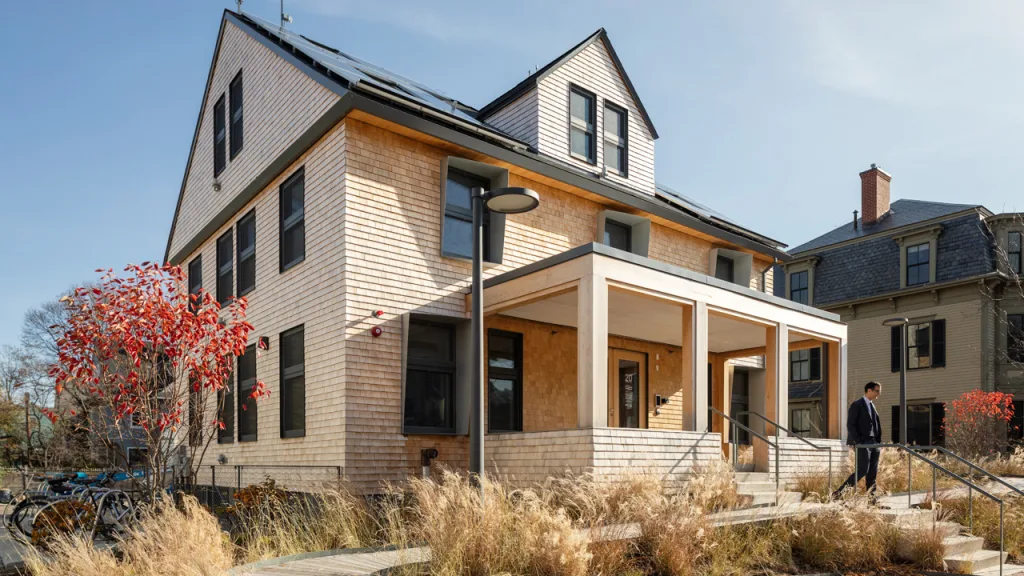Two years ago, HouseZero, a research lab at the Harvard Graduate School of Design, was an ordinary old New England home. Now, the house, built in 1924, is a model of ultra-efficiency, with zero carbon emissions, nearly zero energy for heating and cooling, and zero electric lighting during the day. Over its lifetime, it will produce more energy than it uses, plus more energy than was used in the renovation itself.
It’s designed as a prototype of a solution to a major problem: Buildings in the U.S. are responsible for around 40% of energy consumption. Even if many new buildings are more efficient–and in California, all new houses will need to use net zero energy by 2020–most building stock is old. Property owners spend billions of dollars each year on energy, and buildings are responsible for a large chunk of greenhouse gas emissions. This type of retrofit could change that.

The house, the headquarters of the Harvard Center for Green Buildings and Cities, combines new technology with low-tech solutions–it uses natural ventilation, for example, but the windows open and close automatically, directed by an algorithm that crunches data about the weather and indoor air. (In the summer, if the temperature drops at night, the windows will open temporarily to cool the space before researchers come back in the morning.)

Throughout the house, hundreds of sensors capture millions of data points each day about the systems inside, which the researchers can use to design the next generation of ultra-efficient solutions for houses. “By creating both a prototype and an infrastructure for long-term research, we hope to raise interest in ultra-efficient retrofits and inspire substantial shifts in the design and operation of buildings,” Ali Malkawi, founding director of the Harvard Center for Green Buildings and Cities, said in a statement.
Recognize your brand’s excellence by applying to this year’s Brands That Matter Awards before the early-rate deadline, May 3.







